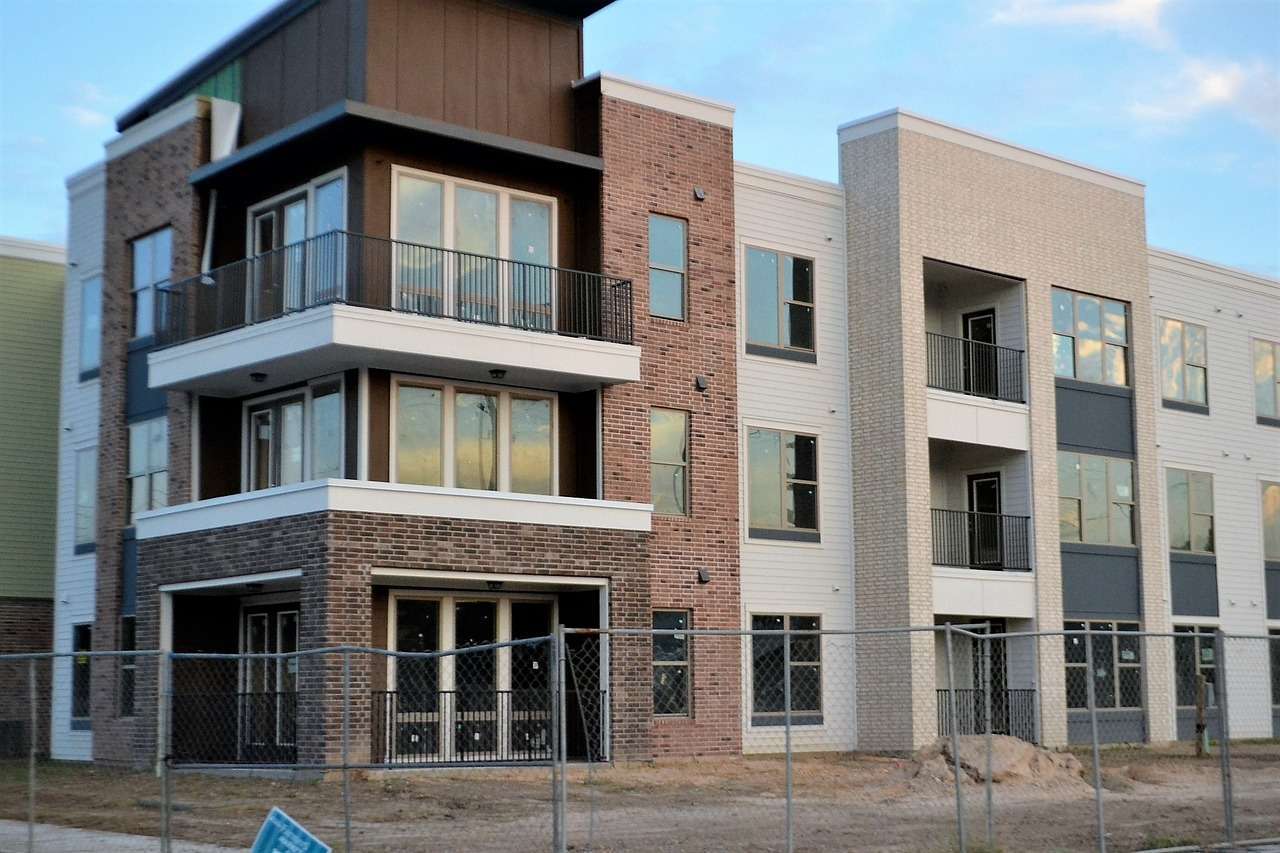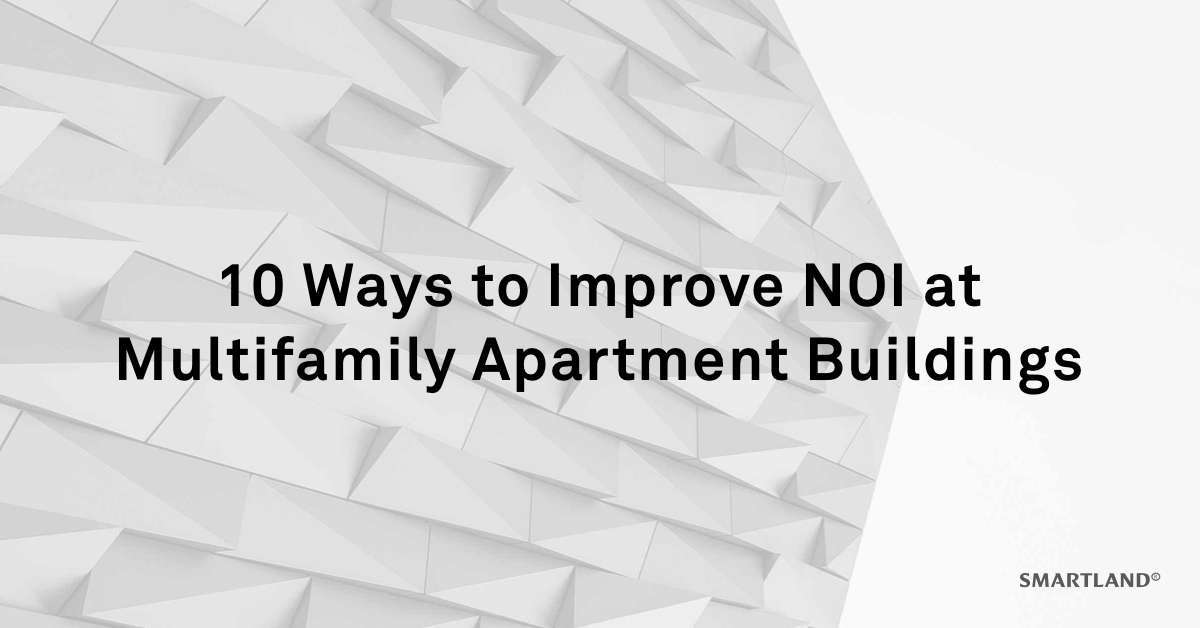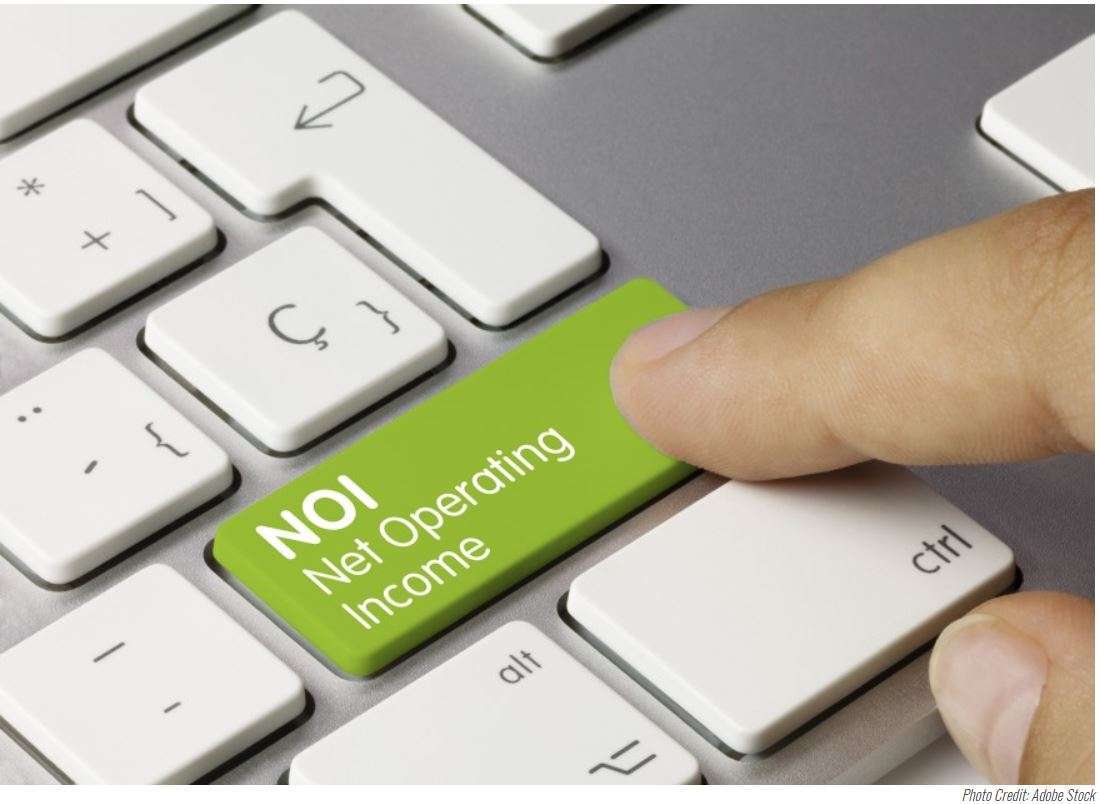Savvy real estate investors are always looking for ways to increase the returns associated with multifamily investors. This is true whether someone has owned the property for decades. Or whether they are looking to acquire an asset and need to justify the purchase price. There are many value-add strategies investors can consider. However, those looking simply to boost net operating income can begin by making modest improvements and operational adjustments that instantly add value to the property.
This article looks at ten ways to improve NOI at multifamily apartment buildings.
What is NOI in Commercial Real Estate?
Net operating income, generally referred to as NOI among real estate investors, is the total income a property owner collects after operating expenses and other costs have been deducted.
Note, however, that debt service is not included as part of the NOI calculation. Neither are capital expenditures, depreciation, and amortization. NOI is focused exclusively on gross operating income less operating expenses.
Why NOI is Important for Multifamily Investors
NOI is especially important to multifamily investors as they compare potential investment opportunities. One of the primary ways investors evaluate properties is by looking at their going-in cap rates. The higher the cap rate, the more profitable property is said to be. One of the key inputs to the cap rate calculation is NOI. Typically, the higher the NOI, the higher the property value on a cap rate basis.
There are several implications for this. For example, an investor looking at a property with a low cap rate may want to consider whether certain improvements could be made to increase the property’s NOI, either in the short term or long term. This creates a delta between a going-in cap rate and an exit cap rate. However, investors will want to determine how much those improvements will cost. As well as if those costs are justified based on the resulting cap rate (i.e., property value).
Net operating income (NOI) among real estate investors refers to
the total income a property owner collects after
operating expenses, and other costs have been deducted.
Moreover, an existing owner can utilize various strategies to improve the NOI at their multifamily buildings. Doing so should generate additional cash flow that can be distributed to investors during the hold period. It will also increase the property’s value, benefiting all parties upon refinancing or selling the asset.
10 Ways to Improve NOI at Multifamily Properties
1. Increase Base Rents
The obvious way to increase the NOI at a multifamily property is by increasing the rent charged for each individual unit. This strategy is typically deployed upon lease renewal or unit turnover.
Landlords will want to be sure that the rent increases are at least keeping pace with the inflation rate. Generally, this is measured by an increase in the Consumer Price Index (CPI). In recent years, the CPI only increased by 2-3 percent per year. More recently, inflation has skyrocketed to upwards of 6.5 percent yearly. Increasing rents by this amount may seem unpalatable to some. To combat tenants’ sticker shock upon lease renewal. The landlords should consider adding language to their lease agreements that stipulate that lease renewal rates will be indexed, at a minimum, to any increases in the CPI.
In an inflationary environment, the costs associated with owning and operating a multifamily property will increase (think utilities, property maintenance/management, etc.), which is why rent increases are important to not only cover these costs but also to increase NOI.
This is also why it is so important for prospective buyers and/or existing owners to have a strong grasp of the local market. Longtime owners often have a low-cost basis and, therefore, are not pressured to increase rents significantly. A prospective investor will want to look at the current rent roll and assess whether the rents are on par with market rates, and if not, should consider rent increases upon taking ownership of the property. Bringing them to market rate will automatically improve NOI.
2. Evaluate Fees
Another way to boost NOI at multifamily properties is by increasing revenue associated with fees charged back to the tenants. This includes application fees, credit reporting, and late fees.
Many tenants also have pets, so landlords should consider charging pet fees every month. This strategy is decidedly different from simply charging pet owners an additional security deposit. Fees can be pocketed by the owner, whereas security deposits must be held in escrow and returned to the renter if there is no obvious damage caused by the said pet(s) at the end of the lease term. Landlords who do not currently accept pets today should consider whether allowing pets for an additional fee would make sense given their property type, layout, demographics, and insurance policies.
3. Consider Utility Income
Utility income can be a tremendous source of income for multifamily apartment owners. If an owner has not done so, they should consider individually metering each unit. Doing so will allow the owner to shift the cost of utilities onto renters. Renters would be expected to put each utility bill in their own name and then will pay those bills accordingly. This may require landlords to adjust the base rent downwards initially, but the landlord will immediately start saving on utility costs.
An alternative approach is to implement what’s often referred to as a “RUBS” system – or “ratio utility billing system.” Rather than submetering each unit, the landlord instead bills tenants for their pro-rata share of the building’s utilities based on several factors such as unit square footage, number of people living in the unit, or some combination thereof. Utilities billed back to tenants include heat, hot water, gas, electricity, and trash removal.
Let’s say, for example, that a RUBS system allows the owner of a 20-unit apartment building to earn an additional $30 per month per unit. This generates $600 per month or an additional $7,200 per year. That additional revenue will surely boost NOI if costs remain the same.
A RUBS strategy is arguably more affordable for owners since they do not have to incur the costs of metering each unit. Moreover, it can increase NOI at an apartment building without increasing rent. One drawback, however, is that tenants must agree to the RUBS billing system as part of their lease agreement, which means it can generally only be implemented upon unit turnover when new tenants sign a new lease agreement. Existing tenants would need to agree via a lease addendum, which can be a hurdle for some landlords to overcome.
RUBS billing is not allowed in every city and town. Some municipalities have banned the practice, which is considered unfair to tenants. Landlords will want to check local regulations before proceeding with this approach.
4. Add On-Site Storage
On-site storage, usually in the form of storage closets with locks. It can be another great source of income for multifamily owners. Storage solutions can be added to any underutilized space, such as basements and/or desolate common areas. Owners can also explore adding an outbuilding – essentially, a new auxiliary structure designed specifically for tenant storage. Individual lockers can then be rented out to tenants for an additional monthly fee.
In some cases, landlords run the storage area like a separate business. Tenants may be given first priority to rent the storage lockers, perhaps at a discount. Then the remaining storage lockers can be rented to the general public. This strategy is most applicable when the storage area is located in an auxiliary building vs. within the apartment complex.
5. Increase Laundry Income
This may seem like a no-brainer and a concept most landlords will have already explored rather than providing free in-unit laundry facilities. Consider adding coin-operated laundry in a common area made available for all tenants’ use. In situations where in-unit laundry can be accommodated, landlords should charge a premium for those units.
Another strategy is to “rent” the washing machine and dryer made available to units when provided in-unit for a small fee (e.g., $10 per month). Tenants can defer these costs if they decide to supply their own washer and dryer.
(Note: if a tenant supplies their units, be sure to require professional installation to prevent any leaks, etc., that may occur if not installed properly.)
6. Maximize Parking Revenue
Most multifamily properties have limited parking, particularly those in dense urban areas. Multifamily owners will want to charge a premium for that parking, especially if parking is underground or covered. In some markets, a single parking space can rent for $100 or more per month. Tenants appreciate this flexibility: those with no vehicle are not paying a premium for parking they will not use, and those with more than one vehicle can rent more than one space if they so choose.
At a 50-unit apartment complex, spaces that rent for $100 per month will generate an additional $5,000 per month in rent – not an insignificant number, especially for owners looking to increase NOI at their rental properties.
An increasingly popular way of maximizing parking revenue is by adding EV charging stations. With gas prices on the rise, more people will be looking to purchase hybrid and all-electric vehicles. Adding an EV charging station is a forward-looking strategy for those looking to appeal to renters with electric vehicles.
7. Convert Select Units to Short-Term Rentals
A more management-intensive way of generating additional NOI at rental properties is converting one or two units into short-term rentals. Short-term rentals tend to generate more income, on a per-night basis, than traditional rentals.
However, there are some special considerations to keep in mind with this approach. First, these units must be fully furnished for short-term rentals. The landlord will also incur the costs of all utilities. Someone will need to be available to turn the unit over between stays, whether an on-site property manager or a third-party cleaning service. These costs should be factored in when considering how much additional revenue can be made using a short-term rental approach. Finally, be sure the local municipality allows short-term rentals. Some cities and towns have restrictions on properties listed on Airbnb, VRBO, and other short-term rental platforms.
In addition to the income-generating strategies noted above, there are also several cost-saving strategies that multifamily landlords should consider:
8. Reduce Turnover Time
“Turnover time” refers to how long a unit sits vacant between tenants. Turnover time generally depends on how quickly an owner can make a unit “rent ready” and ready to show to prospective tenants, as well as how quickly the landlord can sign new leases for those apartments.
Reduce Turnover Time refers to how long a
the unit sits vacant between tenants.
Landlords should conduct market research to understand how long it takes to rent-ready units in their market. Do units tend to turn over quickly, or should landlords expect some downtime between leases? What factors impact a unit’s ability to be re-leased? In some markets, particularly in college towns. Units turn over on August 31st, and tenants move in the following day, September 1st. In markets like this, landlords benefit from a little downtime. However, they must be able to move quickly to make any necessary repairs and clean units before the new tenants move in.
Multifamily owners should examine their processes for making units rent-ready. The less time a unit sits vacant, the lower the costs will be associated with that vacancy.
9. Reduce the Number of Turnovers
Related to the point above, multifamily owners should look for ways to limit the total number of turnovers they experience each year. This can be accomplished by carefully screening tenants (higher-quality tenants tend to stay longer) and offering multi-year leases instead of the standard one-year or month-to-month lease. Tenant turnover costs are one of the most frequently overlooked costs that landlords will incur. Therefore, reducing the frequency of turnovers is an excellent way of improving NOI at rental properties.
10. Rebid Vendor Contracts
A final way to increase NOI at multifamily properties is by rebidding vendor contracts. Many owners purchase apartment buildings with existing contracts in place. They assume the prior owner negotiated the best rate and kept the existing vendors in place for simplicity's sake. However, it’s worth revisiting those contracts and potentially rebidding the work from time to time. A modest 10% reduction in trash removal, landscaping, insurance premiums, and other costs can add up to thousands of dollars over the course of the year. It is important to ensure you get the best rates and terms on all contracts if you want to maximize NOI.
Conclusion
Finding new sources of income is incredibly important for landlords looking to increase NOI at their apartment buildings. There are endless ways to do so; the biggest limitation is an owner’s creativity. Identifying cost savings can be more difficult, as some costs are fixed (e.g., property taxes) or otherwise have little variability.
Net operating income is especially important to
multifamily investors as they
compare potential investment opportunities.
Given the importance of NOI to a property’s value, it benefits every multifamily owner or investor to consider the many ways of increasing NOI at apartment buildings. In the short term, this will generate additional cash flow that can be passed on to investors. In the longer term, this will enhance a property’s value. Essentially making it more attractive to potential buyers when it comes time to dispose of the asset.
Are you interested in increasing the value of your multifamily property? Contact us today to learn more about the strategies that boost NOI and increase the resale value of your property.










